Understanding the different generations in the workplace is key to creating and maintaining unity.
The Covid-19 pandemic has hugely disrupted the world of work.
Although everyone has experienced the impact, the nature of the disruption has been different for each of the different generations in the workplace. If leaders are to effectively unite teams, it’s critical that they understand the experience of each generation to appropriately facilitate the way forward. Click To Tweet The virus has forced organisations to engage with a new way of working that comes with a host of new issues. Remote work is the major shift for many teams. Other elements co-exist with remote work: video conferencing like Zoom, virtual whiteboard collaboration, flexitime, productivity management software, etc.
Now more than ever, organisations are having to effectively navigate the uncomfortable space of balancing the demands of the business with the diverse needs of its employees.
Leaders are positioned right in the middle of this space and faced with leading the way through the disparity and diversity to create and maintain unity.
How do leaders effectively leverage the varied remote-work experiences of the different generations – Millennials, Baby Boomers, Gen Z and Gen X? How can they use these to forge stronger relationships and teams?
To remain successful, leaders must engage with generational differences in a way that contributes to innovation in, and revolution of, the world of work post-COVID-19.
Three aspects may give insight and understanding to help leaders hack the remote-working dynamics faced by different generations:
- The current workforce
- The generational differences
- Creating awareness and fostering harmony
1. The Current Workforce
Who is working from home, right now? What is the shape of the workforce?
Global statistics show that in 2019, Millennials and Generation Z made up 63.5% of the global population.
In Africa, there are about 420 million youth between the ages of 15 – 35 years of age. While in Sub-Saharan Africa, Generation Zs outnumber Millennials.
Four generations co-exist in the current paradigm of remote working – Baby Boomers, Generation X, Millennials, and Generation Z. For most of them, connection happens over video conferencing software like Zoom – often with their video cameras off.
Effective intergenerational communication is then questionable.
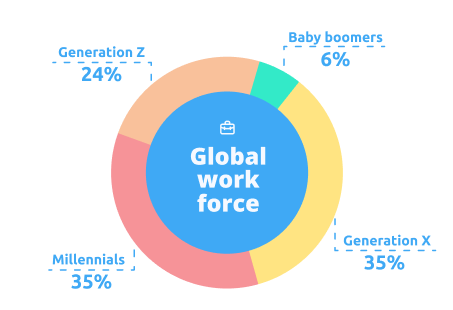
The broad generational differences of Millenials, Gen X, Gen Z and Baby Boomers gives a background of attitudes, behaviours and preferences. This knowledge helps facilitate better ways of working and communicating across the generations. Knowing which generation your colleagues and employees fall into can give major insight into how to adjust your communication choices, decisions and leadership styles. Click To Tweet Generational differences can inform and hugely impact the moment.
It’s the leaders who understand these differences who are most effective at influencing their teams.
2. The Generational Differences
Generational profiling is a way to understand the difference between age groups. Generational cohorts begin in 1900 and span seven generations up to the present, from the Silent Generation to Generation Alpha.
Not all of these age groups are active in the workplace. The Silent Generation is retired, Generation Z is only just entering, and Generation Alphas are not yet tweens. Focusing on generations as population sets assumes that these age groups have similar attitudes, behaviours and views because of shared experience. Click To Tweet
Of course, this approach is broad sweeping and the stereotypes it introduces are not absolutes or conclusions. Neither do they apply to every individual in an age group – people are at different stages across a generation at any given time, and their experience of life is complex.
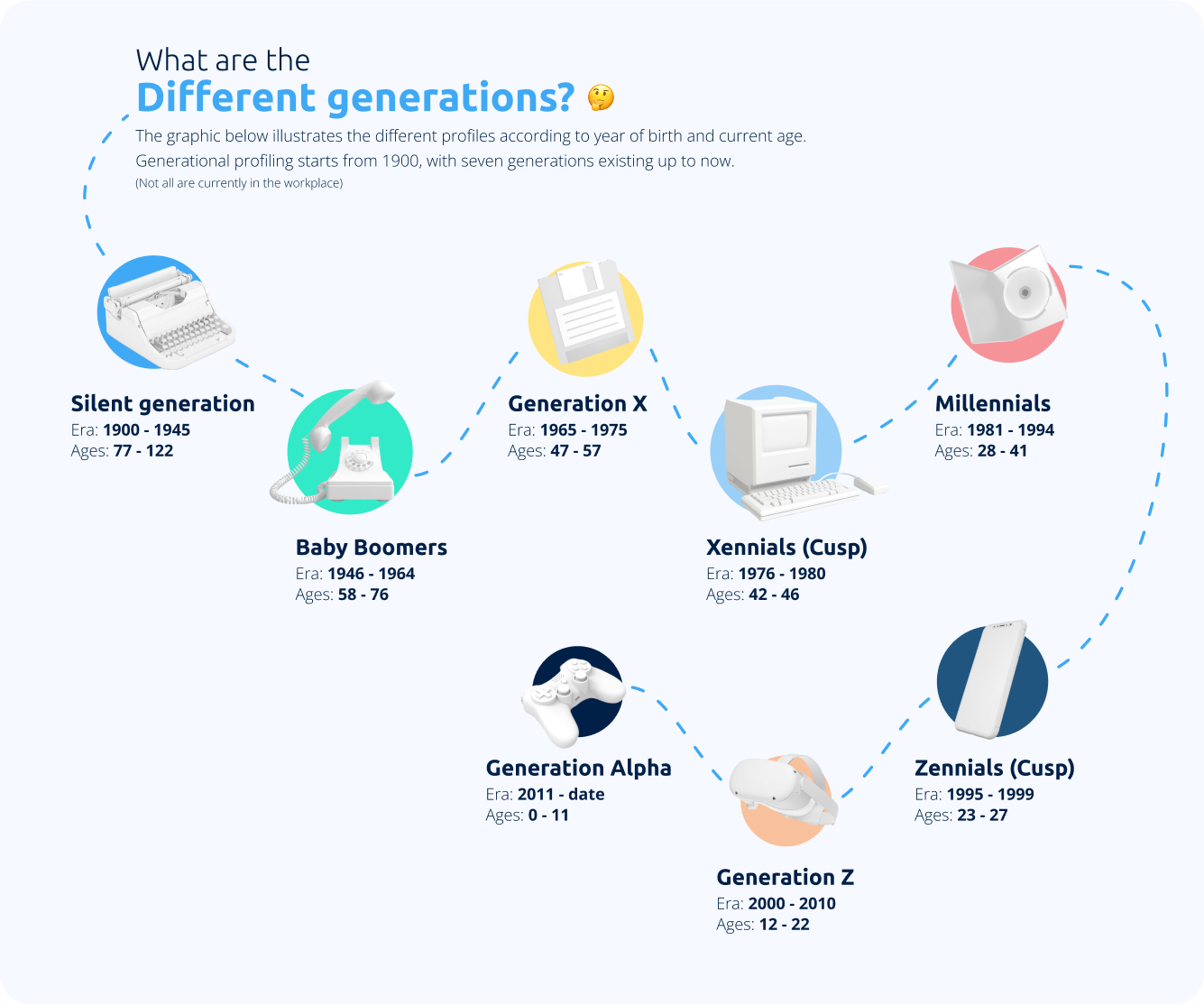
Whether leaders are convinced of these key differences or not, a basic understanding can spark awareness, conversation, and facilitate useful discussion, empowering leaders’ effectiveness. It’s important to remember when engaging with generational differences that they are but one indicator to understand different experiences, perspectives and typical behaviour. Click To Tweet
A basic understanding of how the different generations may be experiencing remote work and the dynamics COVID-19 has brought, can empower leaders and individuals to work more effectively with diverse teams.
In consultation with expert on generations, Alison Godenir, creator of Gen Bending™, we’ve used a helpful framework for understanding generational differences across four factors:
- Technology
- Competencies (skills)
- Values
- Communication
Alison’s expertise and passion for the subject guided our insights into the different generational responses to remote working that follow and significantly contributed to the Generational Harmony download.
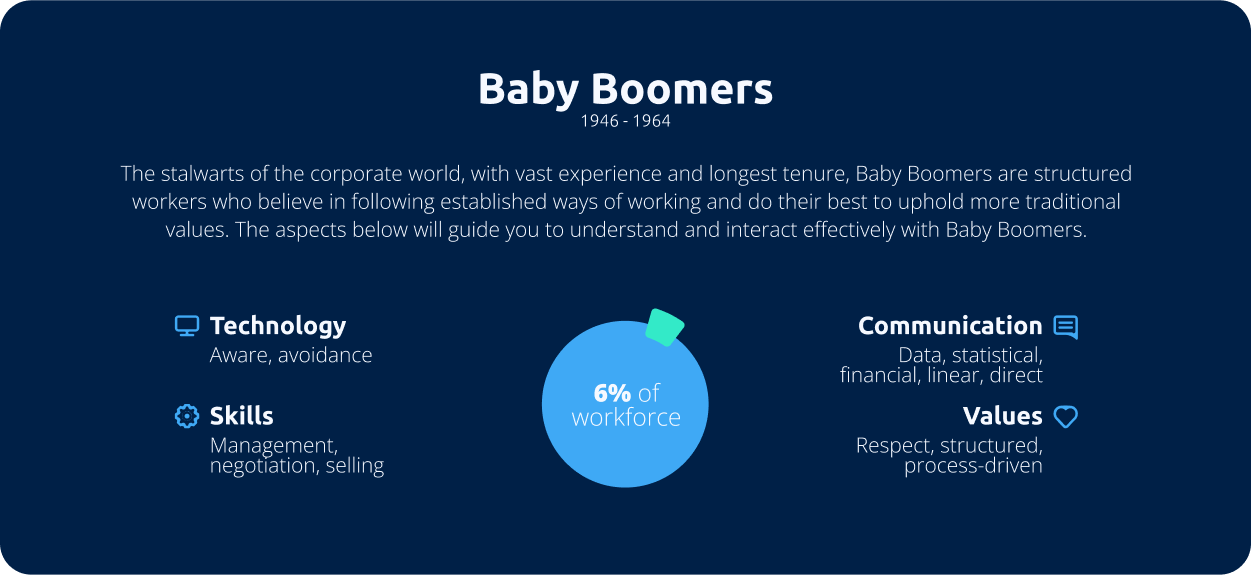
Baby Boomers are aged between 58 – 79 years and make up 6% of the current workforce. Affectionately known as “Boomers”, they tend to have more work experience under their belts probably because of the amount of time spent in the field.
Baby Boomers’ relationship to technology
Baby Boomers prefer to stick to what they know. Whilst they recognise the benefits of technology, added to the stressors of COVID-19 the steep learning curve of having to adapt to using new software (Zoom, Microsoft Teams, remote Whiteboards etc.) fast may have caused serious stress and discomfort for them.
Baby Boomers’ key skills and values
Boomers like structure and hold to more traditional values like self-discipline, organisation and dependability.
This generation is most at risk to contract and die from the virus, meaning there could have been a fair amount of relief at being able to work at home, despite their fear of change.
In fact, they probably adapted fairly well, on the whole, to remote working because of their values of self-motivation and self-discipline, their professional experience and emotional resilience to isolation.
Baby Boomers’ preferred communication style
The change of pace and the lack of predictability may have exacerbated Baby Boomers' tendency to command and control management. Click To TweetConsequently, if they were already battling to connect with the Millennials and any Generation Zs in their teams, this gap would have only widened with remote work.
However, video conferencing with its chat function and breakout rooms may not have allowed for the more formal communication style Baby Boomers prefer. The constant online collaboration, too, could conflict with their need for more linear information.
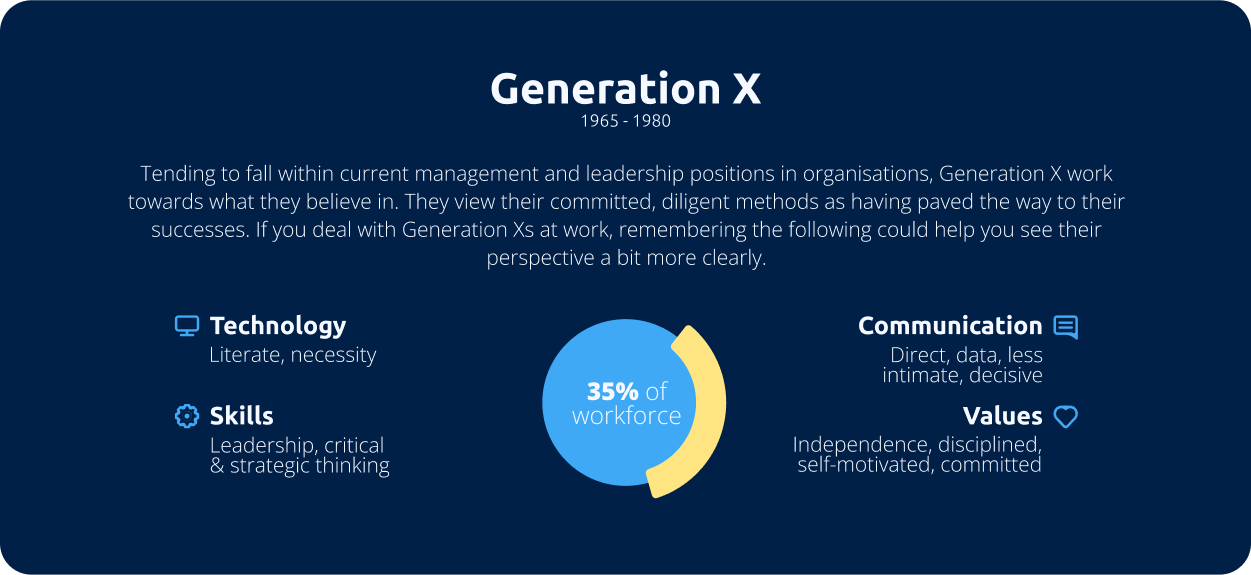
Generation Xs are aged between 40 – 57 and make up 35% of the current workforce. They tend to occupy management and leadership positions and have worked their way up the corporate ladder.
Generation Xs’ approach to technology
They would have been quick to embrace the technology crucial to facilitating remote work, and upskilled themselves with the basics, regarding it as a fundamental aspect of business success.
Generation Xs’ key skills and values
Much of the critical strategic skill necessary for business to pivot and succeed during COVID-19 would have come from this generation, with their keen understanding of leadership.
That said, their values of independence, discipline and self-motivation may find them working too hard and battling to strike the healthy work-life balance they so value.
Parent Gen Xs of tweens and teens may struggle with the balance of children, work and home, particularly the women in this group. They’ve probably experienced anxiety over their children’s return to school.
And the initial shift and change to remote working would have come at a cost. Generation Xs possibly find interactive, inclusive communication sessions too intimate. They prefer a more direct style of communication that gets to the point quickly.
Gen Xs’ preferred communication style
Generation Xs possibly find interactive, inclusive communication sessions too intimate. They prefer a more direct style of communication that gets to the point quickly.
They make great mentors for younger generations, however, and spontaneous mentoring may well have emerged as a result of this same online intimacy.
Generation Xs tendency to make decisions quickly, sometimes with little to no communication, may directly clash with younger generations’ need for interaction and collaboration. Click To Tweet
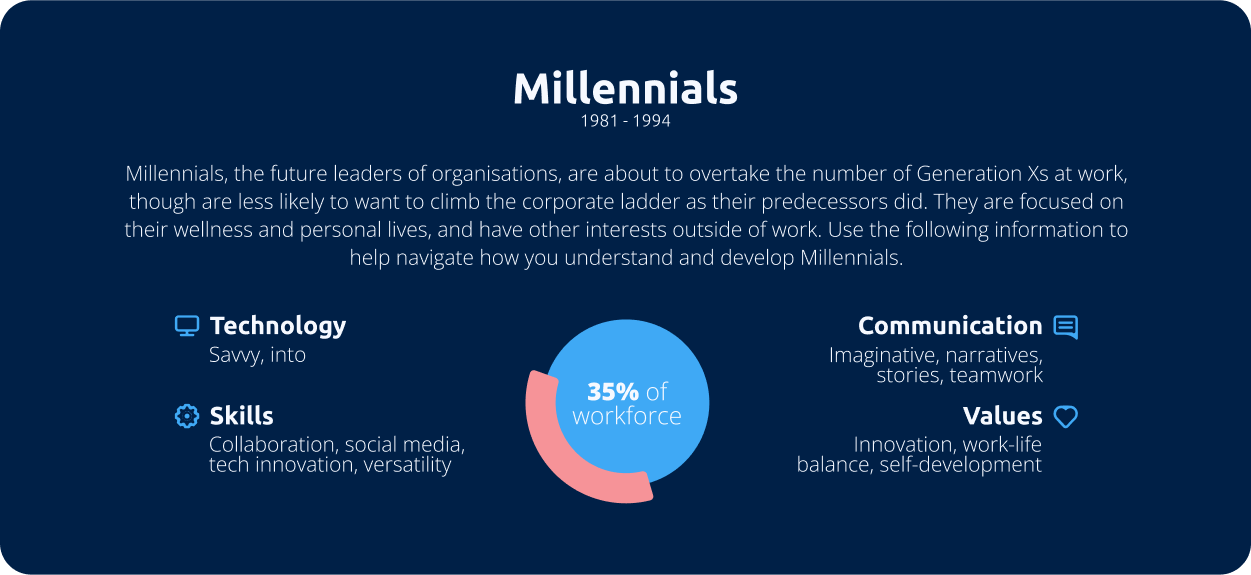
Soon to overtake the number of Generation Xs at work, Millennials are aged between 21 – 39 and currently make up 35% of the workforce.
Millennials’ approach to technology
Millennials are accomplished at technology, quick to learn and extremely versatile.
They were born “into” technology, using it to make their work easier and adept at using social media to build the “tribe vibe” they crave, both digitally and physically. Millennials may have struggled with the pandemic’s preferred style of remote working, missing the connectivity they get face-to-face from the workplace. Click To Tweet
Millennials’ key skills and values
One of their skills is their need for interaction and robust collaboration. Their struggle to balance tech and real-life when working remotely may find them experiencing a decline in mental health and levels of productivity. Particularly single Millennials.
Married Millennials have a different dilemma trying to juggle work and young children at home, which conflicts with their values of work-life balance.
Millennials’ preferred communication style
Even though they naturally prefer collaborative tools and remote working, in practice it may have left them feeling less informed, less connected and struggling to remain imaginative and creative.
Their focus on personal wellness, self-development and interests outside of work, which usually hold high priority for them, will also have suffered during the isolation periods of the virus.
Millennials may find video conferencing communication disruptive to productivity, and disengage if they experience a decline in the innovative approach to work they enjoy. Of the four generations currently in the workplace, it is the Millennials and Gen Zs who have probably struggled the most with isolation and the lowered level of interaction that being at work usually gives them. Click To Tweet
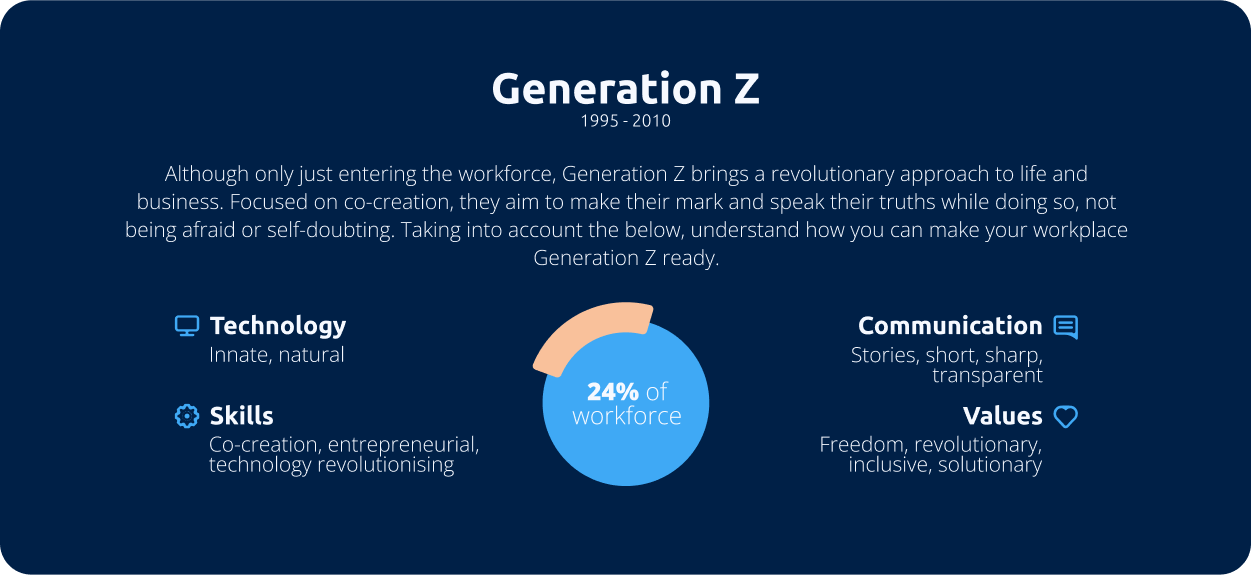
Only just entering employment Generation Zs, aged between 9 – 20, are the youngest of the generations at work yet they already make up 24% of the workforce.
They bring with them a revolutionary approach to life and business.
Generation Zs’ approach to technology
Technology is an extension of Gen Zs – they “are” the technology – and they solve their problems easily with technology, effortlessly juggling platforms, channels and people.
Generation Zs’ key skills and values
Gen Zs’ skills include their focus on co-creation. They want to speak up and contribute to new ideas, and entertain little self-doubt in their approach to how they live and work.
Even though one of their values is to thrive on change, they will have struggled with remote working during the lockdown, possibly suffering significant mental health decline because of their lack of emotional, and professional, experience in coping with isolation.
COVID-19 will have changed every part of their lives, and they will have felt the impact as many of their friends will have lost entry-level jobs.
Generation Zs’ preferred communication
As a result of this stress, some Gen Zs may be outspoken, interpreted by older generations as combative, when they act on their values of ruthless accountability and open questioning.
Long tedious online video meetings will leave them restless and frustrated. They prefer short, sharp messages and authentic communication.
They’re also probably the most likely of the generations at work to worry about their professional development – remote working with its loss of clear boundaries and processes is their limited experience of the workplace.
Many of them will enter the workforce as remote workers. The lack of in-person onboarding could mean less connection with their teams and employers, inhibiting their need to be seen, heard and involved in the work process and clashing with their need for freedom and trust.
Gen Zs will need to have their opinions heard, without judgement, to help them reintegrate. Click To Tweet
3. Creating Awareness and Fostering Harmony
These diverse generational reactions to remote work, and the dynamics that come with the “new normal”, mean that organisations either currently experience division in their workforce, or could soon experience separation amongst their teams.
Leaders cannot assume generations understand one another, nor have compassion for one another. If anything they focus on the differences and automatically see these negatively. The differences between the generations can be experienced as weaknesses and cause division. Click To Tweet
However, each generation brings unique strengths that leaders can harness in this time of business crisis.
The strengths of the generations:
| Baby Boomers manage others with ease, tend to be loyal to their organisation with long tenures, and work in a structured and process-driven way. | Generation Xs are strategic about problems and understand the value of leadership. They work independently, achieve their goals and are disciplined, committed and self-motivated. |
| Millennials are versatile, quick learners, robust collaborators, enjoy innovation and imaginatively and creatively connect with content. | Generation Zs are entrepreneurial, take risks, want to be part of new creations, see things others don’t, thrive on change, co-creation and inclusion. |
To create a powerfully engaged workforce leaders need to devote time and effort to leverage these differences.
KEY ACTIONS FOR LEADERS
1. Start conversations – hold open conversations with your team(s) to explore the idea of unique strengths in different generations, sharing the information available in the free guide. Ask them to identify and share what information about their generation resonates with them, what they did not know about their generation, how they see the differences play out at work, and how they might use the information to navigate how they work with other generations in their team. These conversations create awareness and facilitate unity.
2. Regularly ask: “how do you see it?” – invite different members in your team(s) to tell you how they see things on a regular basis. In this way you open the conversation up, involve team members actively in the process and uncover challenges you might face. This invites different perspectives, and you also generate better solutions. By not telling your teams, but inviting them into the conversation with questions, you are promoting harmony and insight. You are letting them know that each of them has an important contribution to make.
3. When speaking to your teams use “we” rather than “I” – this is a subtle but enormously powerful way to let your team know that you’re with them; that you see yourself as part of the team. This small change goes a long way to engendering confidence and group cohesiveness.
4. When adding to something someone has said: Use “yes, and” rather than “yes, but” – the difference between a “but” and an “and” is significant. The first signals disagreement, the second confirms that person’s contribution as valuable and then adds something further to the conversation. This is another valuable tool to create unity in the teams.
5. Ask: “how do you think we could move forward?” – leaders can use this open-ended question in any situation. As part of a generations’ awareness conversation, in meetings, in one-on-ones, in impromptu corridor conversations.
Companies have been forced to transform the way they work. In the midst of this leaders must create and support working environments that are collaborative and versatile enough to engage the different generations.
Now is the time to revisit, reinvent, restructure, redesign and revitalise the way your business works internally.
Remote work has unique factors that each of us experience differently. Disregarding these key generational differences may mean that organisations and leaders struggle to ignite team effectiveness. With a basic understanding of generational differences, and armed with simple techniques, leaders can create the unity that unlocks each generation's potential. Click To Tweet
Leverage the strengths of the generations at work. Empower your teams. Be the leader you know yourself to be.
A shout-out to Alison Godenir, the creator of Gen Blending™, whose knowledge and input contributed hugely to this blog and the accompanying downloadable Generational Harmony resource. Contact her on: [email protected]

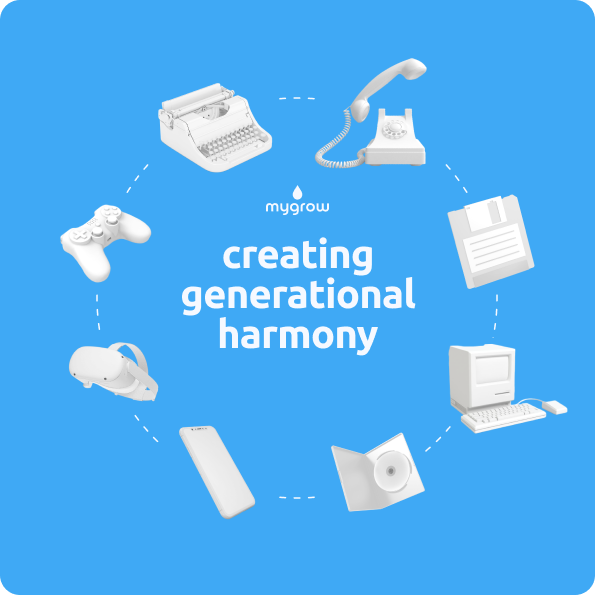
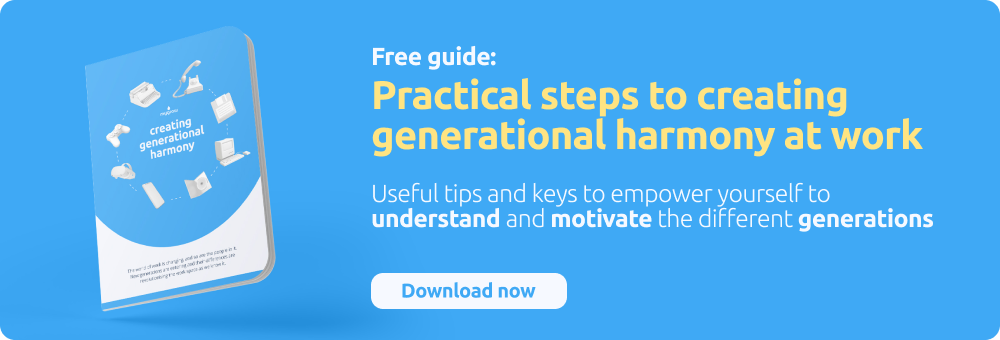
Excellent resource, thank you